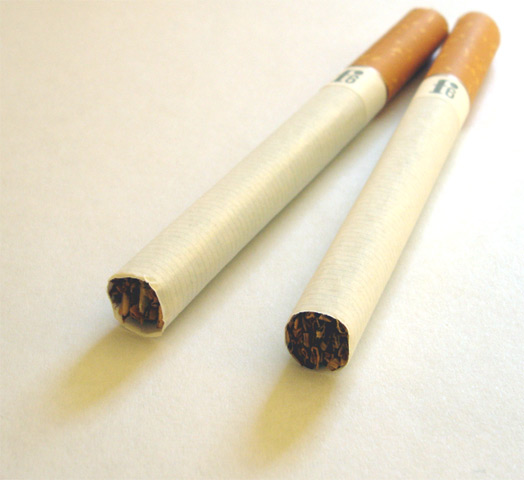
On December 20, 2019, President Donald Trump (R) signed H.R. 1865 into law setting the federal tobacco age restriction at 21. At the time H.R. 1865 was signed into law, 54% of the country’s population already lived in states that had signed legislation setting their tobacco age restrictions at 21.
The first law in the United States regulating the sale of tobacco by age was passed in New Jersey in 1883, with a minimum age of 16. By 1920, 46 states had implemented a tobacco age restriction, of which 14 set the limit at 21. All states with a tobacco age restriction set at 21 decreased those limits over the following years. By the end of the 20th century, no states had a tobacco age restriction set at 21.
On June 20, 2015, Hawaii Governor David Ige (D) signed a bill raising the state’s tobacco age restriction to 21 making it the first state to do so in the 21st century. Over the following five years, 18 more states would increase their tobacco age restrictions to 21. Eight states increased their restrictions under a Democratic trifecta, four increased their restrictions under a Republican trifecta, and seven increased their restrictions under divided government. Ten Democratic governors and eight Republican governors signed increases in tobacco age restrictions. One state, Maine, increased their tobacco age restriction over a gubernatorial veto.
Listed below are the 19 states that signed legislation raising their tobacco age restriction to 21 prior to the signing of H.R. 1865:
• 2015: Hawaii
• 2016: California
• 2017: Maine, New Jersey, Oregon
• 2018: Massachusetts
• 2019: Arkansas, Connecticut, Delaware, Illinois, Maryland, New York, Ohio, Pennsylvania, Texas, Utah, Vermont, Virginia, Washington
Of these 19 states, three - Pennsylvania, Washington, and Utah - had signed legislation increasing their tobacco age restrictions to 21, but those laws had not yet gone into effect by the time H.R. 1865 set the nationwide tobacco age restriction to 21.
Click here to learn more.

